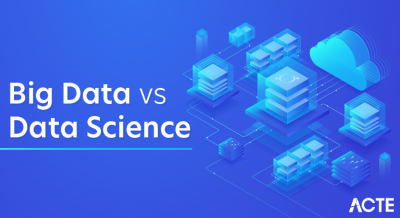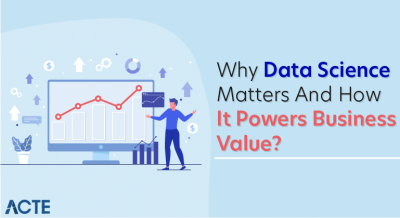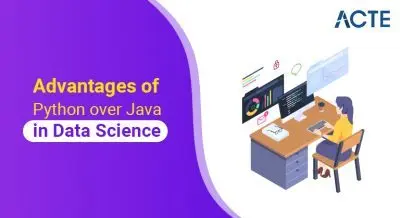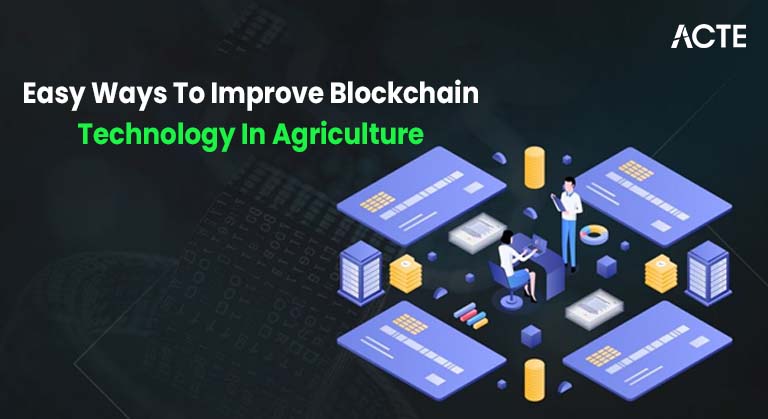
- Introduction
- Understanding Blockchain Technology
- Applications of Blockchain in Agriculture
- Benefits of Blockchain in Agriculture
- Challenges in Implementing Blockchain in Agriculture
- Case Studies of Blockchain in Agriculture
- The Future of Blockchain in Agriculture
- Conclusion
Introduction
The agricultural sector, a cornerstone of global economies, faces numerous challenges, including inefficiencies in supply chains, a lack of transparency, and issues related to land ownership and financing. Blockchain technology in agriculture, known for its decentralized and immutable nature, offers innovative solutions to these problems and drives demand for Blockchain Training to implement and manage these systems effectively. By integrating blockchain into agricultural practices, stakeholders can enhance traceability, reduce fraud, and ensure fair transactions, leading to a more sustainable and efficient agricultural system.
Are You Interested in Learning More About Database? Sign Up For Our Database Online Training Today!
Understanding Blockchain Technology
Blockchain is a distributed ledger technology that records transactions across multiple computers in a way that ensures the data is secure, transparent, and immutable. Each record, or “block,” contains a list of transactions and is linked to the previous block, forming a chronological chain. Blockchain technology for agriculture structure makes it nearly impossible to alter any single record without changing all subsequent records, providing a high level of data integrity.
Applications of Blockchain in Agriculture
- Blockchain enables end-to-end visibility in the agricultural supply chain. By recording every transaction from farm to table on a blockchain, consumers can trace the origin of their food, ensuring it meets quality and safety standards. Use of blockchain in agriculture transparency helps in verifying claims about organic or fair-trade products.
- Smart contracts are self-executing contracts with the terms of the agreement directly written into code. In agriculture, smart contracts can automate processes such as payments, insurance claims, and compliance checks. To build these solutions effectively, developers often rely on the Best Blockchain Programming Languages like Solidity, Rust, and JavaScript, which offer the tools needed for secure and scalable smart contract development. For instance, a smart contract can automatically release payment to a farmer once a shipment reaches a retailer, reducing delays.
- Traditional agricultural insurance often involves lengthy claim processes and disputes. Blockchain can streamline this by using smart contracts that trigger automatic payouts based on predefined conditions, such as weather data indicating drought or flood.
- Blockchain technology in agriculture can simplify land registration and leasing processes by providing a secure and transparent record of land ownership. This reduces disputes over land titles and makes it easier for farmers to access credit by using their land as collateral.
- With use of blockchain in agriculture, every stage of crop and livestock production can be recorded, from planting and feeding to harvesting and processing. This traceability ensures food safety, helps in managing recalls, and provides consumers with information about the ethical practices behind their food.
- By providing a transparent record of transactions, blockchain technology for agriculture builds trust among consumers, producers, and regulators. This transparency is crucial in verifying the authenticity of products and ensuring compliance with standards.
- Blockchain reduces the need for intermediaries and manual record-keeping, streamlining processes and cutting costs. Professionals pursuing a Master Blockchain Certification gain the expertise to design automated transactions and smart contracts that speed up operations and reduce human error.
- With secure records of land ownership and production history, farmers can more easily access credit. Financial institutions can assess risk more accurately, leading to better loan terms for farmers.
- Use of blockchain in agriculture can track the environmental impact of agricultural practices, such as water usage and carbon emissions. This data can be used to promote sustainable practices and reward farmers for environmentally friendly actions.
- Blockchain platforms can connect smallholder farmers directly with consumers and markets, eliminating intermediaries and ensuring fair prices. This empowerment helps improve livelihoods and promotes inclusive growth.
- IoT + Blockchain: Sensors on farms can record data such as soil moisture, temperature, and crop health in real-time. This data can be automatically added to a blockchain, ensuring accuracy and preventing tampering.
- AI + Blockchain:AI models can analyze blockchain-verified data to optimize crop planning, pest control, and yield predictions. However, understanding Bitcoin Mining Challenges offers insight into the broader energy.
- Big Data: Blockchain enables secure sharing of agricultural data between organizations, allowing collective insights and better policy-making.
- India’s National Strategy on Blockchain: Emphasizes use of blockchain in agriculture in land records and agri-supply chains.
- European Union: Has funded blockchain research for rural development.
- United Nations’ World Food Programme: Has tested blockchain for food distribution.
- Livestock tokens: Represent ownership of animals.
- Crop tokens: Represent future crop yields.
- Land tokens: Represent fractional ownership in farmland.
To Explore Database in Depth, Check Out Our Comprehensive Database Online Training To Gain Insights From Our Experts!
Benefits of Blockchain in Agriculture
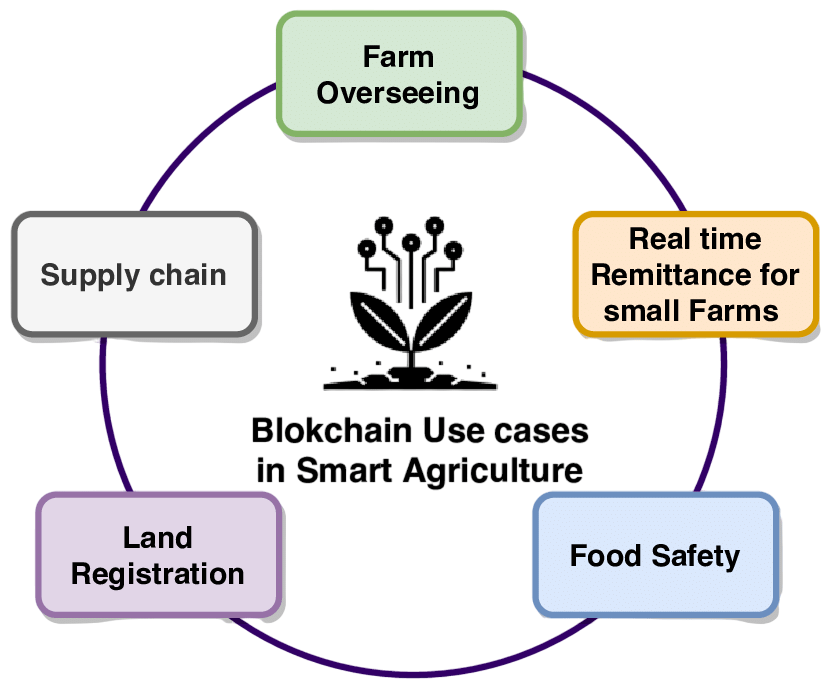
Challenges in Implementing Blockchain in Agriculture
Implementing blockchain requires technical expertise and integration with existing systems. The complexity of blockchain technology can be a barrier, especially for small-scale farmers with limited resources. Many rural areas lack the necessary digital infrastructure, such as reliable internet access and electricity, to support blockchain applications. To address this gap, Blockchain Training for mid-level professionals can equip them with the skills needed to navigate decentralized systems and drive innovation in rural sectors. The decentralized nature of blockchain may conflict with existing regulatory frameworks and the adoption of blockchain technology in agriculture. The decentralized nature of blockchain may conflict with existing regulatory frameworks. Governments need to develop policies that accommodate blockchain technology for agriculture while ensuring consumer protection and data privacy. While blockchain offers enhanced security, the transparency of data can raise privacy concerns. Sensitive information about farming practices or land ownership needs to be protected to prevent misuse. Farmers accustomed to traditional methods may be hesitant to adopt new technologies. Overcoming this resistance requires education, training, and demonstration of the tangible benefits of blockchain.
Case Studies of Blockchain in Agriculture
IBM’s Food Trust Network is a blockchain-based platform that connects participants across the food supply chain, from farmers to retailers. Understanding What is Decentralized Finance is key to appreciating how blockchain enhances transparency and traceability, allowing consumers to access detailed information about the products they purchase. AgUnity provides a blockchain platform that helps smallholder farmers in developing countries record transactions, access services, and connect with markets. This platform empowers farmers by providing them with a secure and transparent record of their activities.
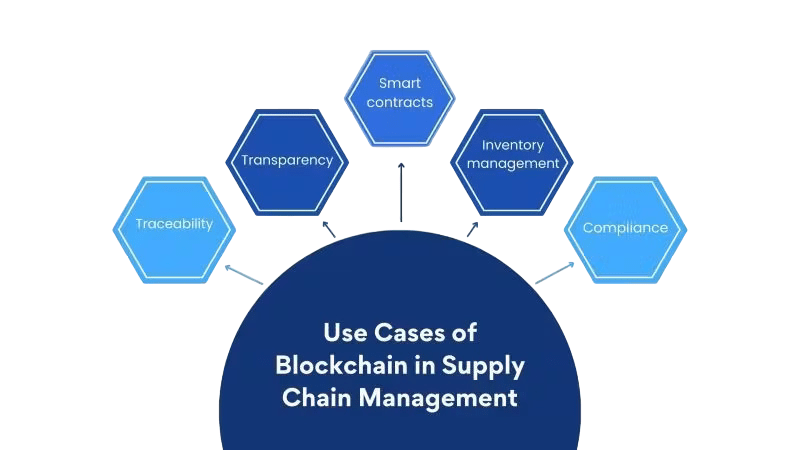
VeChain uses blockchain to track the journey of agricultural products from farm to consumer. By recording every step on the blockchain, VeChain ensures the authenticity and quality of products, reducing fraud and increasing consumer confidence.
Want to Learn About Database? Explore Our Database Interview Questions and Answers Featuring the Most Frequently Asked Questions in Job Interviews.
The Future of Blockchain in Agriculture
Integration with Emerging Technologies:
Blockchain is increasingly being integrated with other technologies like the Internet of Things (IoT), Artificial Intelligence (AI), and Big Data Analytics to create powerful agritech solutions.
Government and Institutional Support:
Governments across the world are beginning to recognize blockchain’s potential in transforming agriculture.
These policy-driven initiatives aim to build trust and scalability into national food systems.
Decentralized Marketplaces:
Blockchain allows the creation of decentralized agricultural marketplaces where farmers can sell their produce directly to consumers or retailers without middlemen. These platforms support fair pricing and increase farmer profits while offering consumers verified product data. As part of The Future of Blockchain Technology , such systems are expected to become more intelligent, transparent, and widely adopted across agricultural supply chains.
Tokenization of Agricultural Assets:
Blockchain also enables the tokenization of agricultural assets. For example:
These tokens can be traded, used for collateral, or as investment instruments, democratizing investment in agriculture and providing liquidity for farmers.
Conclusion
Blockchain has emerged as a groundbreaking technology with the potential to redefine agriculture as we know it. From improving supply chain transparency and reducing fraud to empowering smallholder farmers and enabling efficient insurance, its benefits are far-reaching. However, challenges like infrastructure gaps, regulatory uncertainties, and limited digital literacy must be addressed through collaborative efforts between governments, private enterprises, and NGOs. Blockchain, combined with education, financial inclusion, and robust infrastructure, can lay the foundation for a more resilient, transparent, and sustainable agricultural sector. Blockchain Training is essential to help agricultural professionals understand how blockchain can digitize and secure agricultural processes, especially in regions where the digital divide hinders adoption, improving transparency and efficiency. Smart contracts can automate transactions like crop payments or insurance claims, reducing delays. Traceability from farm to fork ensures food safety and builds consumer trust. Decentralized platforms can connect farmers directly with buyers, enhancing income. Integration with IoT and AI will make blockchain technology in agriculture more intelligent and responsive. As the world confronts food security and climate change challenges, blockchain offers a path forward to transform agriculture into a fair, efficient, and sustainable global enterprise. It’s not just a technology; it’s a catalyst for change.


